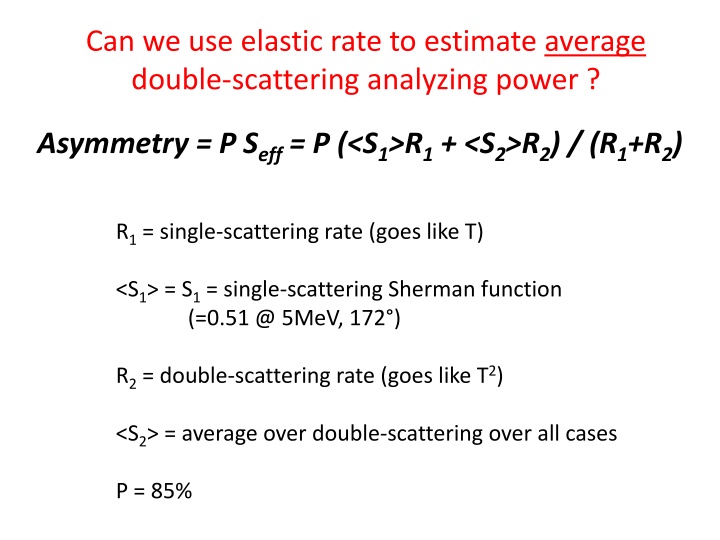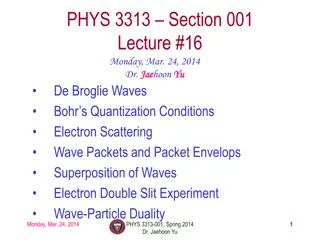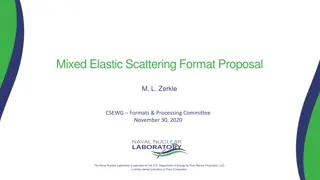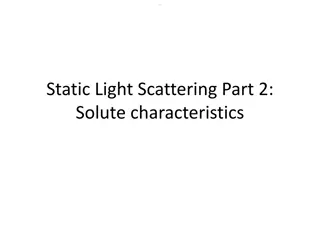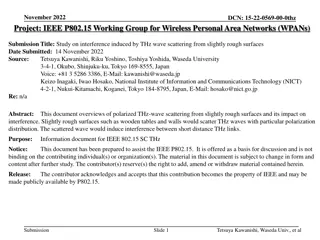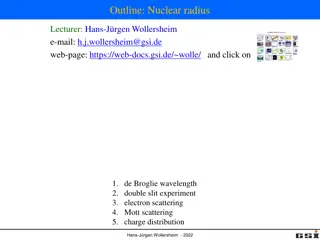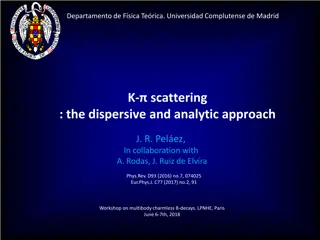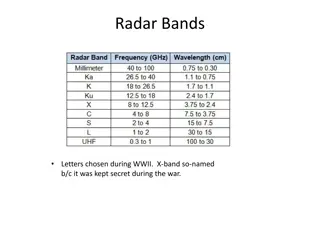Estimating Average Double-Scattering Analyzing Power
Using elastic rate to estimate average double-scattering analyzing power with given asymmetry, single-scattering rate, Sherman function, and more. Explore fitting rates, target thickness impact, fits comparison, and suggested improvements.
Download Presentation

Please find below an Image/Link to download the presentation.
The content on the website is provided AS IS for your information and personal use only. It may not be sold, licensed, or shared on other websites without obtaining consent from the author.If you encounter any issues during the download, it is possible that the publisher has removed the file from their server.
You are allowed to download the files provided on this website for personal or commercial use, subject to the condition that they are used lawfully. All files are the property of their respective owners.
The content on the website is provided AS IS for your information and personal use only. It may not be sold, licensed, or shared on other websites without obtaining consent from the author.
E N D
Presentation Transcript
Can we use elastic rate to estimate average double-scattering analyzing power ? Asymmetry = P Seff = P (<S1>R1 + <S2>R2) / (R1+R2) R1 = single-scattering rate (goes like T) <S1> = S1 = single-scattering Sherman function (=0.51 @ 5MeV, 172 ) R2 = double-scattering rate (goes like T2) <S2> = average over double-scattering over all cases P = 85%
What are the single- and double- scattering rates? FIT: DAQ Rate [Hz/uA] = A T + B T2 T cut: [-2 ,2 E cut: [+1 ,+3 T cut: [-2 ,2 E cut: [+1 ,+3 B (Hz/uA/um2) Method A (Hz/uA/um) CHISQ/dof Confidence (2.69 +/- 0.21) x 10-2 (1.64 +/- 0.25) x 10-5 FESEM 0.7 71.6 (3.05 +/- 0.19) x 10-2 (0.98 +/- 0.22) x 10-5 Lebow 1.8 29.9
<S2> = 0% Run1 FESEM FIT Run1 Lebow FIT
<S2> = 5% Run1 FESEM FIT Run1 Lebow FIT
<S2> = 10% Run1 FESEM FIT Run1 Lebow FIT
<S2> = 15% Run1 FESEM FIT Run1 Lebow FIT
<S2> = 20% Run1 FESEM FIT Run1 Lebow FIT
Summary 1. Rate depends as expected with target thickness. 2. FESEM / Lebow fits similar, but FESEM better CHISQ/dof. 3. <S2> of 0% (Lebow) to 20% (FESEM) agree with measured asymmetry 4. Things to do Verify rate calculation (Riad/Dan) Include rate uncertainty in 2-D fitting routine (Dan)
